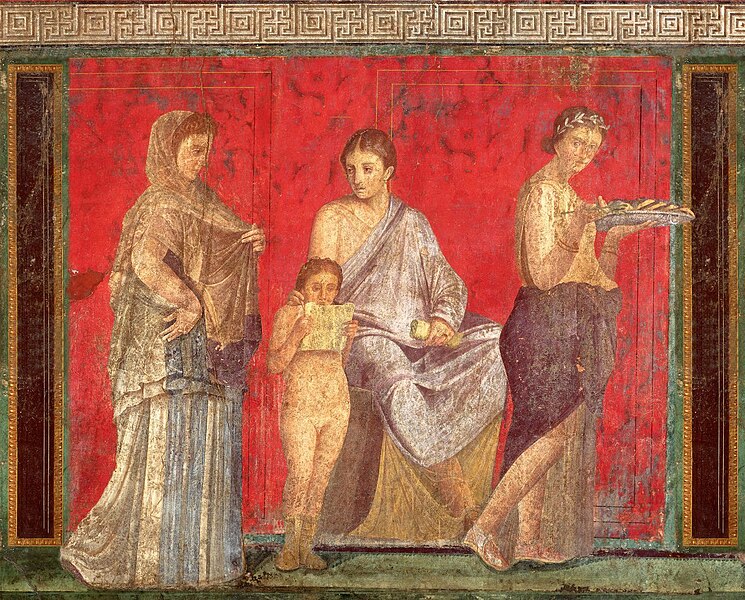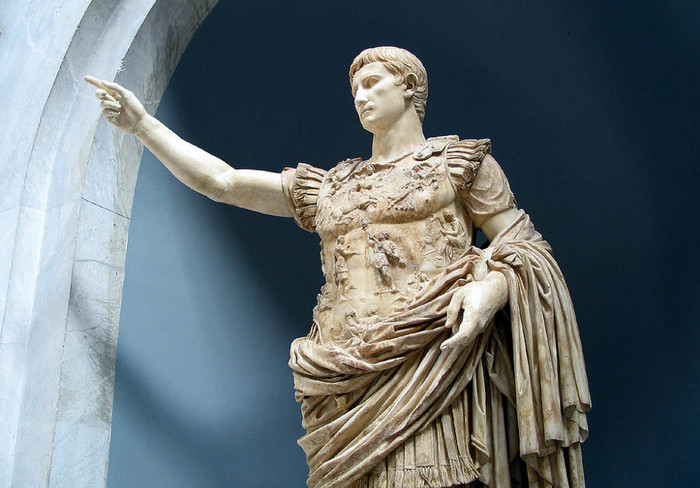- The Colosseum
An iconic symbol of Rome engineering and culture, the Colosseum, built between AD 70-80, was a grand amphitheater where gladiatorial contests, animal hunts, and spectacles were held. It remains one of the most recognizable ancient structures today.
- The Roman Forum
The Roman Forum was the heart of Roman political, religious, and commercial life. Its ruins offer a glimpse into the grandeur of ancient Rome, with structures like the Senate House, temples, and triumphal arches.
- Pompeii Frescoes
Buried by the eruption of Mount Vesuvius in AD 79, Pompeii’s frescoes are remarkably preserved. These vivid paintings, found in homes and public buildings, reveal much about Roman daily life, art, and interior design.
- Trajan’s Column
Erected in AD 113, Trajan’s Column commemorates Emperor Trajan’s victory in the Dacian Wars. Its intricate carvings narrate the campaigns and give insight into the life and military prowess of the Romans.
- The Pantheon
Built as a temple for all the gods, the Pantheon remains one of the best-preserved monuments of Ancient Rome. Its massive domed ceiling and central oculus demonstrate the Romans’ architectural and engineering excellence.
- The Appian Way
Dating back to 312 BC, the Appian Way was one of Rome’s most important roads, connecting the capital to southern Italy. Stretching over 350 miles, this road was critical for military and economic purposes and remains a testament to Rome’s infrastructure.
- The Arch of Constantine
Erected in AD 315 to celebrate Emperor Constantine’s victory, the Arch of Constantine is a monumental example of Roman triumphal architecture. Its intricate reliefs highlight scenes from military campaigns and aspects of Roman life.
- The Roman Aqueducts
The aqueducts were marvels of Roman engineering, designed to bring fresh water into the city from distant sources. Some aqueducts still stand today, a testament to the Romans’ innovative approach to urban planning and public health.
- The Capitoline Wolf
The Capitoline Wolf is a bronze statue depicting a she-wolf nursing the legendary founders of Rome, Romulus and Remus. It is one of the most enduring symbols of Rome and its mythological origins.
- The Augustus of Prima Porta
Discovered in 1863, the Augustus of Prima Porta is a marble statue of Emperor Augustus in military regalia. The statue is rich in symbolism and celebrates Augustus’s reign as the first emperor of Rome, portraying him as a powerful leader and divine figure.
4o
Leave a Reply